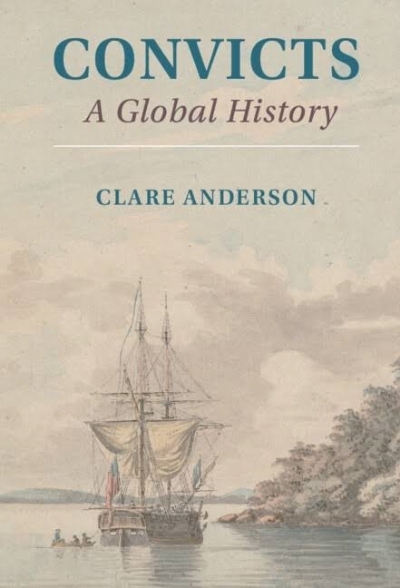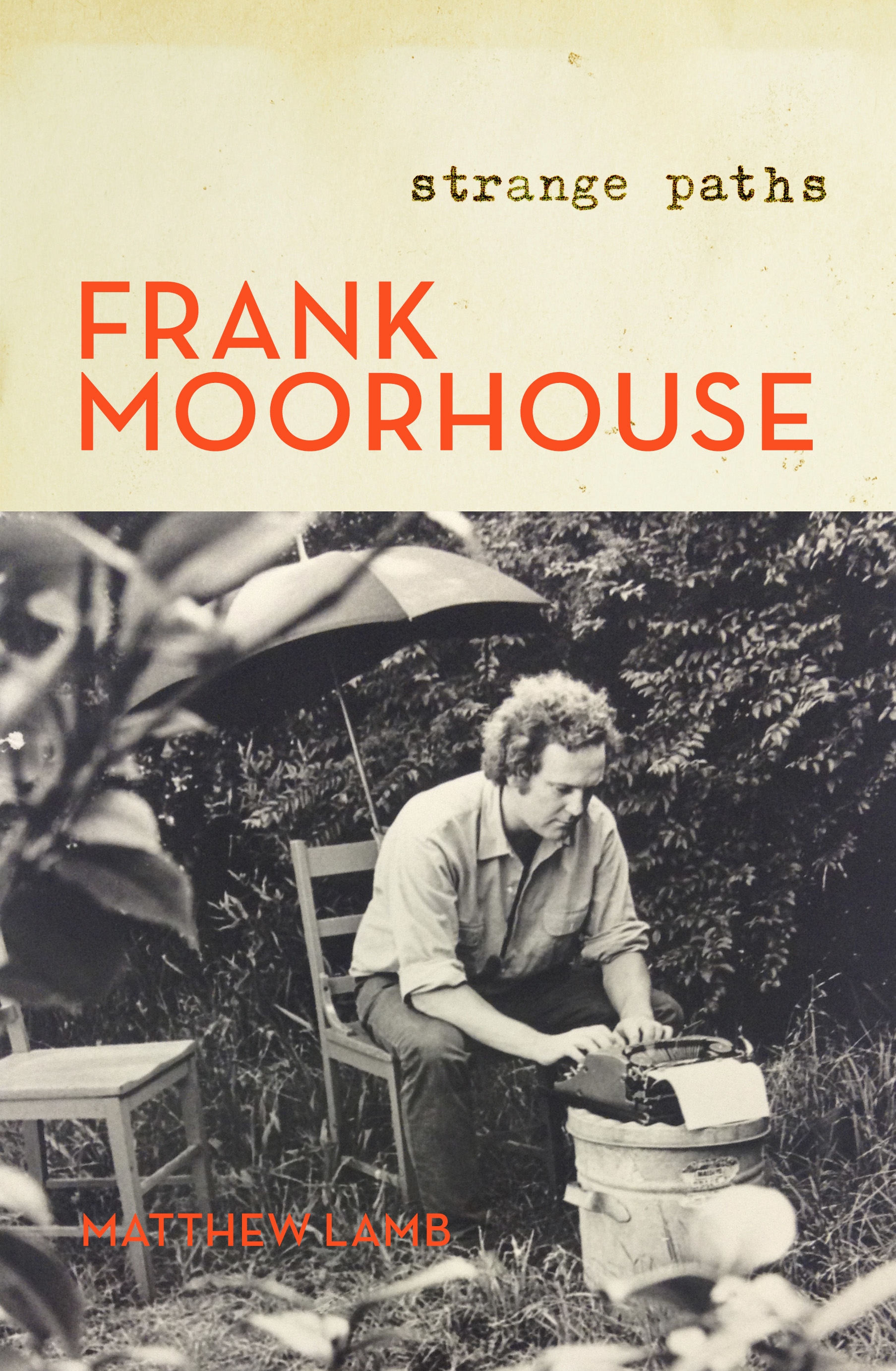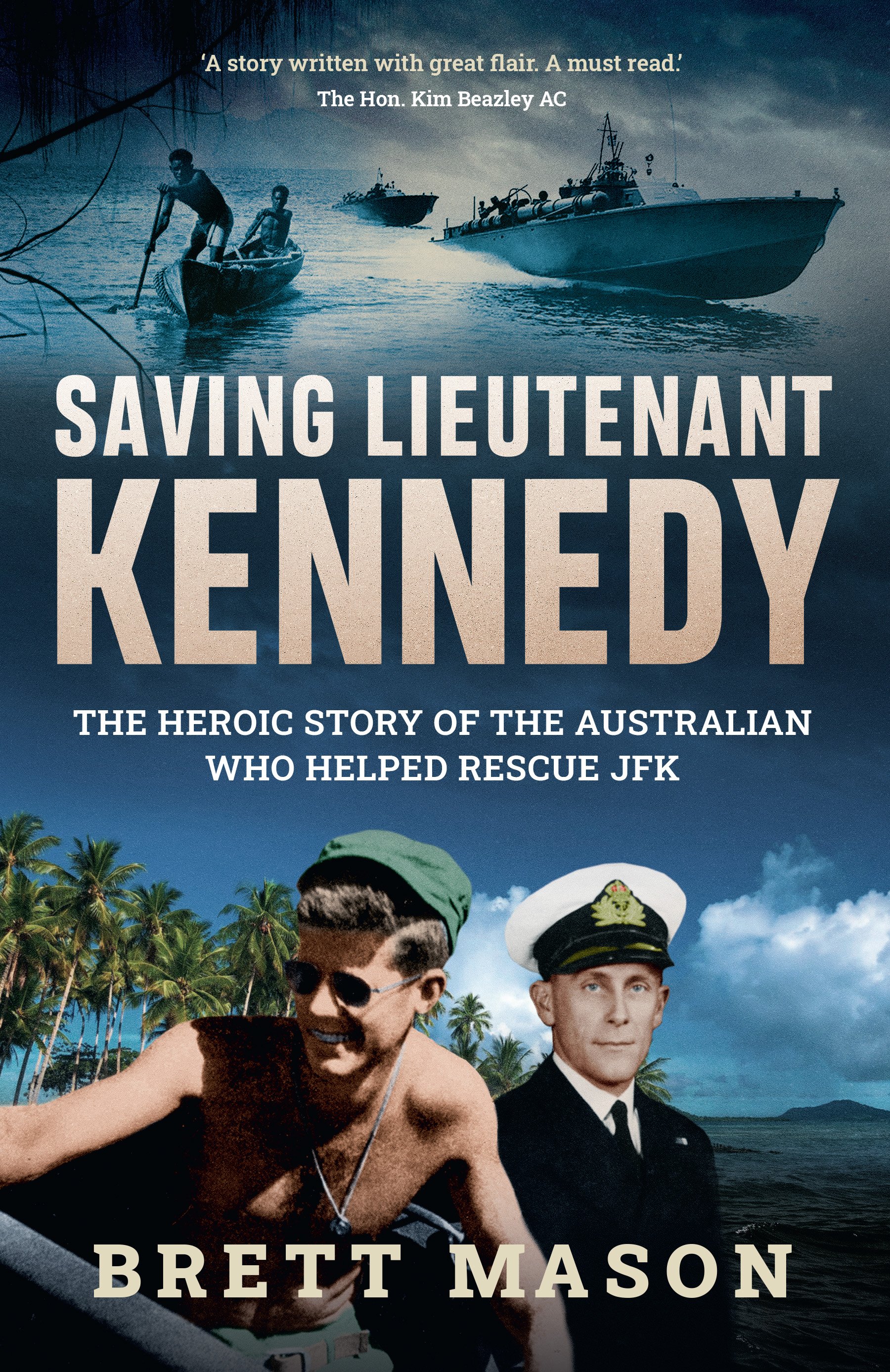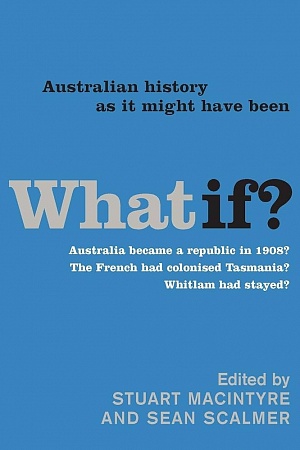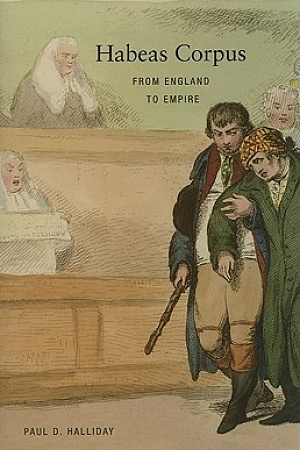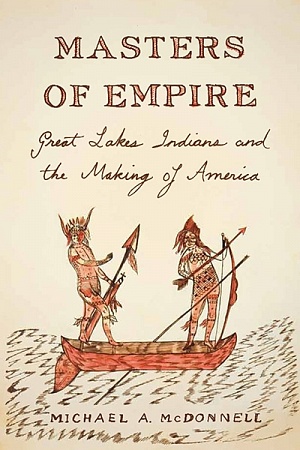Convicts: A global history
Cambridge University Press, $49.95 pb, 405 pp
Spreading the convict stain
_2.260_Mrs_LOUNT_INTERCEDING_WITH_SIR_GEORGE_ARTHUR copy.jpg)
In July 1887, a group of British naturalists set out from southern England bound for the Brazilian island of Fernando de Noronha in search of botanical specimens. They left Southampton with high expectations. Charles Darwin, in the 1830s, had visited Fernando as part of his Beagle expeditions and had remarked on the richness of the island, including its thick vegetation. On arrival half a century later, the naturalists found Darwin’s description bore little resemblance to the almost entirely denuded landscape they encountered. Fernando’s topographical metamorphosis was not only the product of ruthless extraction of natural resources but also a strategic precautionary measure undertaken by its Brazilian administrators to restrict the movements of the island’s main inhabitants – transported convicts – who risked crafting the abundant wood into escape boats. Assisting the naturalists with their research were two sentenciados (convicts), one of whom, Marçal de Corria (transported for murder), could converse in English. Thanks to the convicts’ local knowledge, the scientists would gather essential information and specimens that eventually made their way into the collections of the British Museum.
Continue reading for only $10 per month. Subscribe and gain full access to Australian Book Review. Already a subscriber? Sign in. If you need assistance, feel free to contact us.

